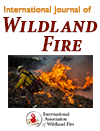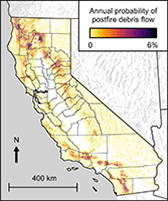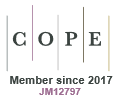This experimental study investigates the behaviour of merging fire fronts during controlled burns in Australia. Results showed that forward junction fires spread significantly faster than linear fires and can lead to more dynamic fire behaviours, highlighting the need for further research to improve fire behaviour models and safety measures.
WF24126 Abstract | WF24126 Full Text | WF24126PDF (6 MB) Open Access Article






